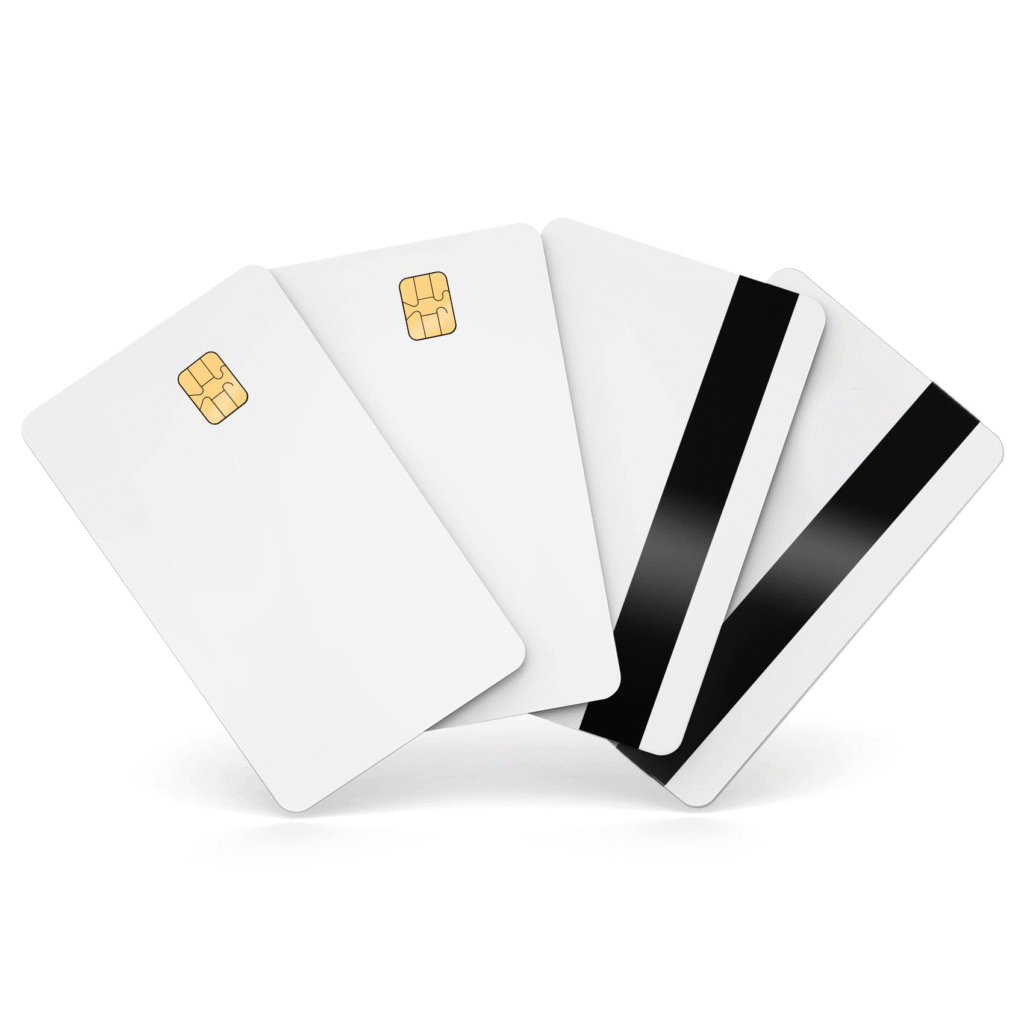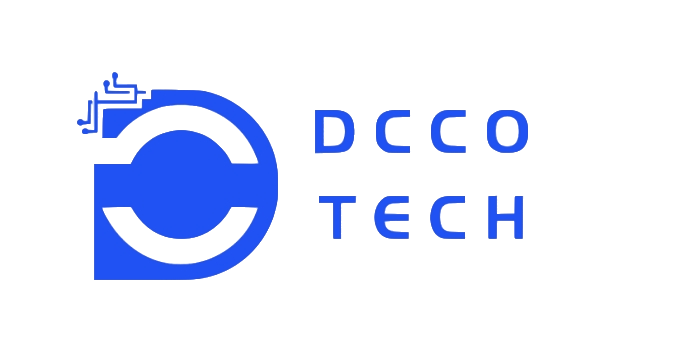
Design Freedom and Branding Opportunities with Printable Blank Card
Blank card opens the door to complete creative freedom. Businesses can freely design every element of the card, from the logo to the color scheme, fonts, and even special effects, to perfectly align with their brand image. This design flexibility isn’t just about aesthetics; it has a direct impact on customer engagement. Thanks to variable data printing technology, each blank card can carry a unique QR code, serial number, or personalized offer. Imagine each user seeing their name and exclusive offers—a smart card that fosters stronger connections and loyalty. Blank cards provide marketers with a blank canvas to test new ideas, update designs, and quickly respond to market demands, without being limited by expensive pre-printed cards.
Building Stronger Brands with Custom Cards
A card is often the first physical interaction a customer has with a brand. Printable blank cards allow businesses to elevate that experience far beyond simple identification. With control over finishes such as matte, gloss, or textured surfaces, brands create tactile impressions that remain memorable.
Beyond looks, integrating smart card technology takes branding to the next level. Contact Cards with embedded chips offer secure functions—such as access control or payment—while maintaining a polished, branded appearance. This seamless combination builds credibility and professionalism. The card becomes more than a product; it becomes a trust signal. When customers receive a well-designed, functional card, they associate those qualities with your brand. This boosts recognition, loyalty, and ultimately business growth.

Cost-Effective Customization without Compromise
Customization doesn’t have to be expensive. Printable blank cards help businesses reduce costs without sacrificing quality or flexibility. Purchasing large volumes of blanks lowers the base material cost, while on-demand printing cuts inventory and waste expenses.
This approach also speeds up production cycles. You print exactly what you need, when you need it, avoiding costly overstock. This is especially useful for seasonal promotions or limited editions, where demand fluctuates. The ability to print smaller batches allows brands to test designs or campaigns without incurring significant financial risk. It also means faster time-to-market, a critical factor in competitive industries. Overall, blank cards offer a smart balance of customization and cost efficiency.
Seamless Technology Integration with Smart Cards
Printable blank cards are designed to support smart card technology without compromising on quality. Embedded chips and antennas fit perfectly within the card structure, allowing Contact Cards to function flawlessly.
Printing technologies have adapted to this need. They carefully avoid interference with the chip area, ensuring strong signal transmission and durability. Moreover, programmable chips enable personalization after printing, enhancing security and flexibility. For example, companies can produce blank cards in bulk and then load user-specific data just before distribution. This separation of production and personalization streamlines logistics and reduces risks. The combination of eye-catching design and secure technology makes these cards ideal for identity, payment, or access applications.

Embracing Sustainability with Printable Blank Cards
Sustainability matters more than ever. Businesses face growing pressure to reduce their environmental impact, and printable blank cards align well with green strategies. Many manufacturers now offer blank cards made from recycled PVC or bio-based materials, helping brands reduce their carbon footprint.
On-demand printing reduces waste by eliminating excess inventory. Local printing facilities also cut transportation emissions and delivery times. These factors contribute to a minor overall environmental impact. Brands that choose eco-friendly blank cards demonstrate corporate responsibility, which appeals to both customers and business partners. Additionally, sustainability initiatives often align with regulatory requirements, helping companies secure procurement contracts. Thus, printable blank cards deliver both branding and ethical advantages.
Advanced Printing Techniques for Eye-Catching Results
Printing on blank cards has come a long way. Techniques such as dye-sublimation, UV printing, and thermal transfer produce vivid, durable images that retain their clarity over time. These methods allow brands to apply intricate details, gradients, and even metallic or holographic effects.
Variable data printing further enhances the card’s value by enabling unique personalization such as serial numbers, barcodes, or scannable QR codes. This capability supports targeted marketing and traceability. Importantly, these prints are resistant to abrasion, fading, and wear, ensuring that cards retain their professional look throughout their lifecycle. Together, these printing advances enable brands to create cards that catch the eye and stand the test of time.

Diverse Applications Across Industries
Printable blank cards find applications across many sectors. In hospitality, they serve as branded guest room keys that combine design with NFC technology for seamless access. Retailers use them as loyalty Contact Cards that track customer engagement while reinforcing brand identity.
Corporate security benefits too, issuing smart ID badges that integrate access controls and company branding. Healthcare providers create patient cards that combine secure data storage with easy identification. Educational institutions distribute student cards that support campus services, often featuring institutional branding. These diverse use cases demonstrate the versatility of the blank card as both a marketing tool and a functional device, making it adaptable to any business need.
Maximize Your Brand Impact with a Printable Blank Card
By choosing printable blank cards, companies produce visually striking and highly functional Contact Cards that deepen brand recognition and customer loyalty. This combination of form and function positions businesses to meet evolving market demands confidently.


